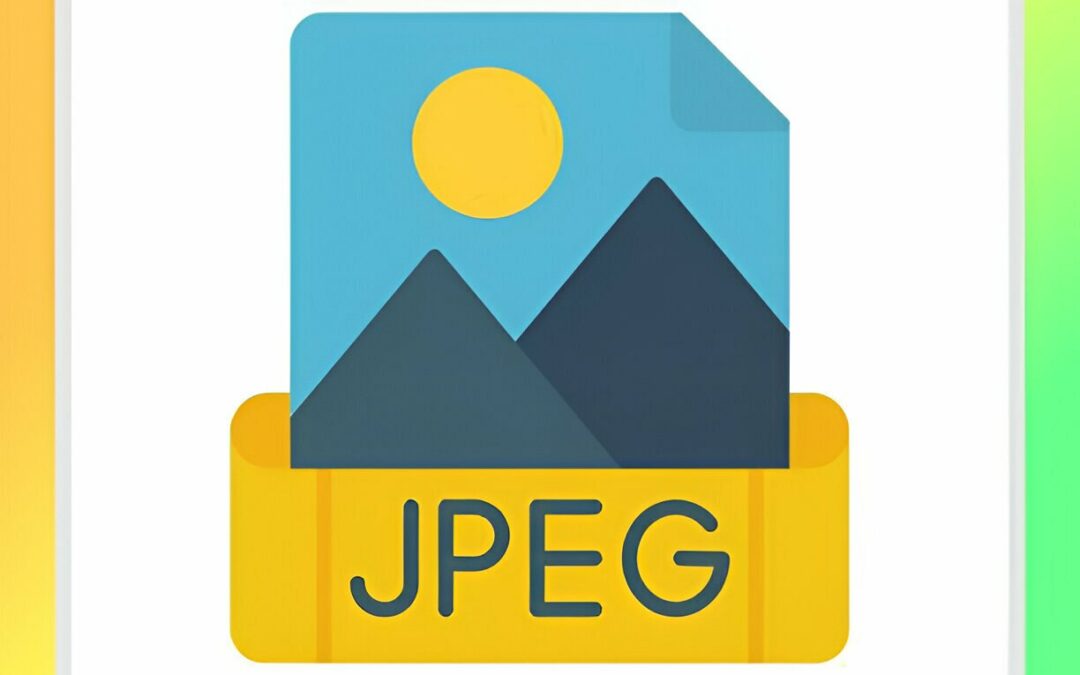Why is JPEG the best?
JPEG stands for Joint Photographic Experts Group, is an extremely popular image format, it is almost used on every computer to store image files. JPEG is a lossy compression, meaning it compresses the raw image by sacrificing the quality to some degree. Typical high quality raw image is more than 40 Megabytes in size, JPEG compresses this image to almost a 10th of its size while maintaining its quality to the human eye. The degree of compression can be adjusted, allowing a selectable tradeoff between storage size and image quality.
The JPEG compression algorithm operates at its best on photographs and paintings of realistic scenes with smooth variations of tone and color. For web usage, where reducing the amount of data used for an image is important for responsive presentation, JPEG’s compression benefits make JPEG popular.
In this article, we will discuss JPEG in practice and why it is so widely used.
RAW vs JPEG
A RAW file contains all the uncompressed and unprocessed image data captured by the sensors of a digital camera or scanner. Unlike JPEG, which compresses this image data into 10th of its size.
Since raw images contain all original image data captured by the camera’s sensors, you’re provided complete control over the image. With this advantage comes a trade-off, which is that these images are extremely large, so you will need to invest in larger memory cards.
As mentioned before, JPEG files are 10th of the raw image’s size. Their smaller size allows you to store more images in one storage unit.
RAW images preserve image quality and don’t experience any drops in resolution due to resizing which is not the case for JPEG due to its lossiness.
PNG vs JPEG
Have you ever tried to upload an image to a website, or change your profile picture on social media, and received an error: “Sorry, we don’t accept PNG.” I am pretty sure you’re wondering what is the difference between them, and here we’ll explain!
PNG stands for Portable Network Graphics, they’re compressed image files, They’re mostly used for web graphics, logos, charts and illustrations, rather than high-quality photographs, because they take up more storage space than JPEGs.
The most significant difference between JPEG and PNG is PNG’s ability to handle graphics with transparent backgrounds, making them preferable for graphic design.
Both JPEG and PNG are compressed images, but both use different compression algorithms. JPEGs contain less data, therefore, they’re usually smaller in size than PNG.
JPEG’s compression algorithm causes images to lose some data, thus reducing its quality. Unlike PNG, which actually benefits from the compression algorithm, PNG’s compression is lossless, as the quality of the image never changes while having a size that is lower than its original raw format.
What is JPEG Best For?
Given the advantages that PNG has over JPEG, JPEG is yet more popular than PNG. JPEGs are used by businesses and professional photographers who keep large image libraries. Its small size allows faster and streamlined processing. Another advantage that JPEG has is its compatibility across different programs and operating systems, it’s unlikely that you will need any special software to work with them.
Why JPEG is So Popular?
Here, we will stress more on the value of JPEG’s compression algorithms. JPEG was a revolutionary algorithm back in the early days of the internet. The early internet was incredibly slow by today’s standards. Images were measured in kilobytes, not megabytes. Early dial-up modems used for the internet had a data rate of 56 kilobits-per-second. That means a 10-megabyte JPEG photograph would require at least 23 minutes to completely download.
Which explains why JPEG is deeply embedded into the internet today. Allowing to store large amounts of image files in less space, and share images data in way faster speeds than its alternatives.
Where is JPEG Most Suitable?
JPEGs are best suited for images that would otherwise be gigantic without compression. Images that have no transparent backgrounds, a lot of different colors, and details, like photographs, work best for the JPG image file type.
Why does background transparency matter so much?
E-commerce websites always ask for a transparent background to make the background invisible or place white in there to focus on the product itself without any distractions, and to achieve that, your image needs to be transparent!
Is JPEG Good for Editing?
JPEG is not great for editing. Due to its lossy compression, some image data is lost each time the file is saved. This can lead to a reduction in image quality over multiple edits and saves.
JPEG only supports 8-bit color depth, which limits the range of colors and can affect the quality of images, particularly in detailed editing.
One major setback is that JPEG does not support layers, making it less suitable for complex editing tasks that require multiple layers, adjustments, or masks.
What to Do When You Want to Avoid JPEG?
JPEG is awesome, but sometimes, it isn’t really what you need. You may choose other alternatives to work with, such as: TIFF, PNG, or PSD.
You can convert JPEG to other formats, which doesn’t guarantee any improvement in quality, but it depends on your use case.
Our free online tool https://jpgtopdf.com/jpg-to-pdf/ allows you to convert from JPEG to PDF and from PDF to various other formats! You may explore with options available, we have optimized our tools to preserve image quality when converting between different formats.

